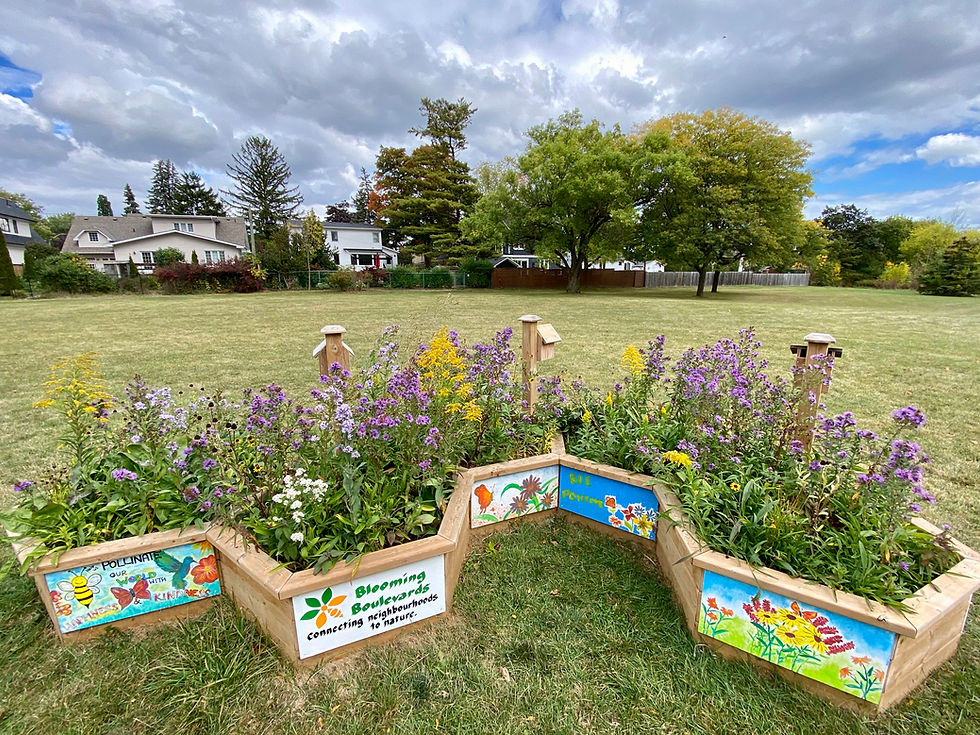Native plant profile - Swamp milkweed
- pamelasleightholm
- Jul 8, 2021
- 1 min read
Updated: Aug 17, 2021
By Pamela Sleightholm
Don’t be fooled by a swampy, weedy name. Swamp milkweed (Asclepias incarnata) is a gorgeous, tall flowering native perennial that is currently buzzing with pollinators. As the name suggests, it’s at home in regular to wet soil, making it a towering wonder not only in a rain garden but also in any garden where it can be watered during drought.
Like all milkweeds, it is an important food source for monarch caterpillars (Danaus plexippus). The tight clusters of pink flowers also attract butterflies, bees and hummingbirds. Swamp milkweed also has rigid and hollow stems, making it a suitable overwintering space for solitary nesting bees.
Swamp milkweed was traditionally used in a tea as a general cleanse and to combat parasitic worms. All parts of the plant are mildly toxic to humans and need to be cooked before consumption.
Its benefits to pollinator ecosystems is undisputed but it has another benefit to the urban gardener. It tends to stay where it’s planted, in contrast to a related species common milkweed (Asclepias syriaca), which has a reputation to spread throughout the garden. * Note that common milkweed isn’t too aggressive and it’s very easy to pull, but some prefer to plant swamp milkweed instead because it’s quite well-behaved.
Adding some swamp milkweed to your garden will add some stunning height (it can grow anywhere from 2-5 feet tall), gorgeous pink blooms and bring the pollinators humming to your yard.









Comments